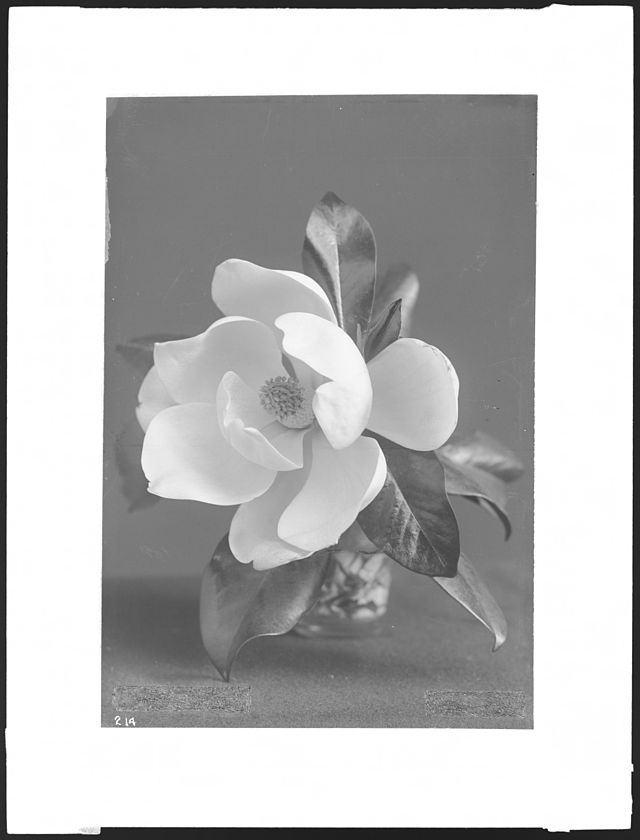Southern Magnolia : Overview
“Like the magnolia tree,
She bends with the wind,
Trials and tribulation may weather her,
Yet, after the storm her beauty blooms,
See her standing there, like steel,
With her roots forever buried,
Deep in her Southern soil.”- Nancy B. Brewer
As I walked to my first class on my first day of college I felt apprehensive as to whether or not I was entering the right building at the right time and when I looked up from my phone I was greeted by a small tree that was being held into the ground by rope and wooden stakes. At the time I did not know that I was passing a Southern Magnolia, but for an entire year as I trudged through rain and snow to go to my lecture in Marsh Life Science, I always noticed this little tree and was always pleasantly surprised to see it still standing after a storm. Unfortunately, there is only one Southern magnolia tree located on the University of Vermont campus, as this particular tree species is not often found in Vermont. Southern states such as Texas have adopted the Southern magnolia as its state tree as well as state flower and Mississippi has adopted it as the state flower. For centuries this tree has been beloved by the states in which this magnificent tree grows native and now that it can be found in the state of Vermont, I think it is best to take a second look at this species in relation to our campus. The scientific name, Magnolia grandiflora, of this tree is very fitting to describe the large and beautiful flowers that the tree produces.

